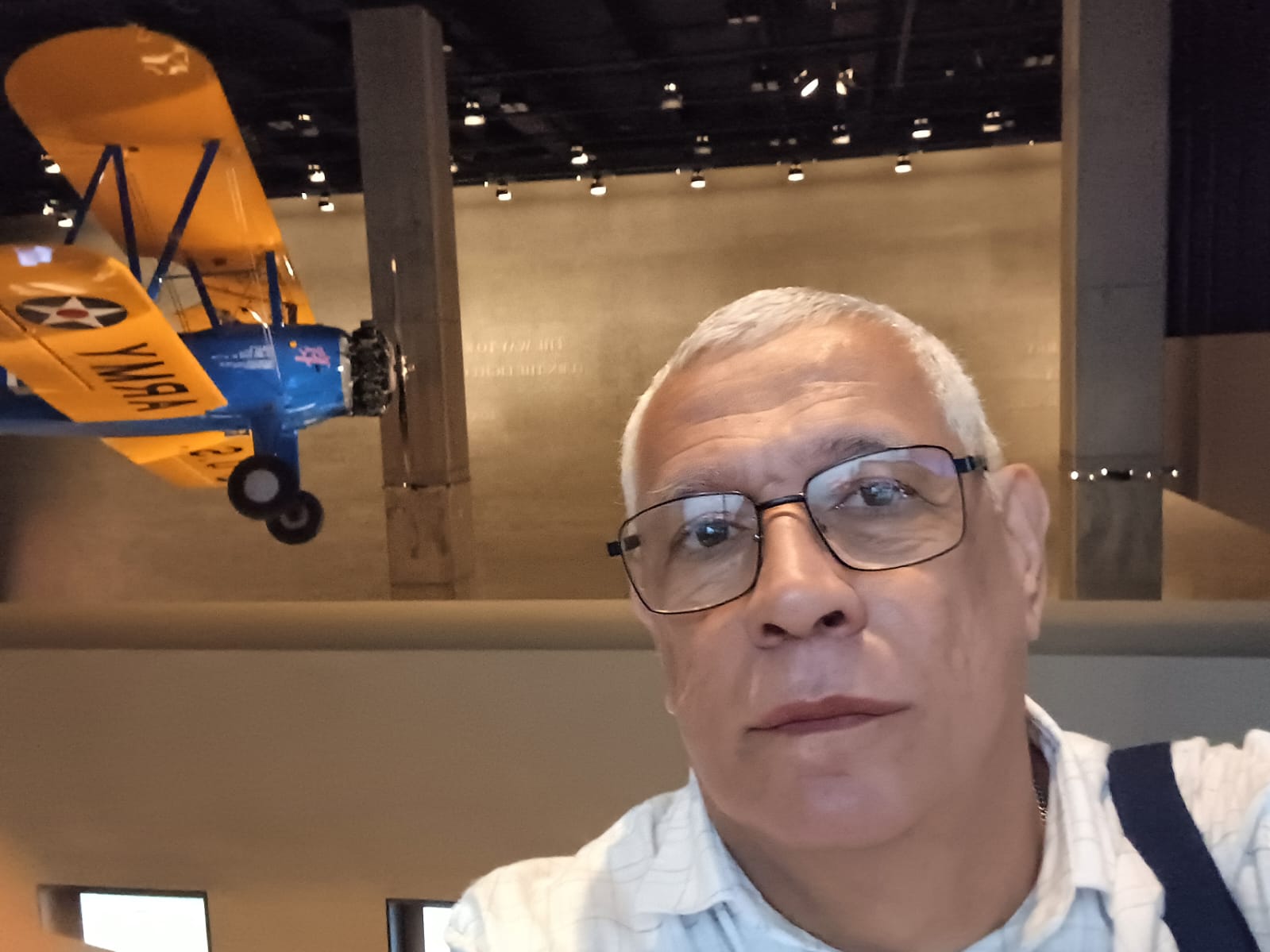GCAB member
“I Survived!
I am a gay, cisgender man who has been living with HIV for a long time, and it is a true miracle that I have survived HIV for so long. I am Brazilian, born and living in the city of Rio de Janeiro. I am 58 years old and acquired HIV at the age of 21 in a so-called stable relationship with a steady partner.
In the early 1990s, I lost a very close friend to AIDS, which had a big impact on me due to the amount of prejudice and stigma he suffered. At the time, in Brazil, the only medication available was AZT, and its cost was high; only wealthy individuals or families could afford to import this drug. When I confirmed my HIV+ diagnosis in December 1992, but I had known about the possibility of having HIV since the early 1990s.
I was given the diagnosis in hand and told that I would have a maximum of two years of healthy life, and that I would then get sick and die. It was four years of great sadness and no symptoms of illness, and several thoughts of suicide, several losses of loved ones for various reasons, and I continued to live and wait for death that never came.
(When I turned 30, I decided that I had to do something, to seek answers about this thing that would kill me but didn’t. I read in the Sunday newspaper that there would be a video session at a cultural center about AIDS and I thought: That’s where I’m going!)
The video told three real stories of people who were living with AIDS and it really impacted me: a mother who had lost her son to AIDS, a teacher who was denied tenure in a public exam because he was a person living with HIV, and a grandmother and her grandson who were also denied enrollment in a school because the child was living with HIV through vertical transmission. The video impacted me and showed me the concept of people living with AIDS. I was impacted by a lady who spoke in the video, who said that there was a support group where HIV-positive people lived with AIDS.
I saw the name of the group that produced the video in the end credits, and I remembered that it was the same place where I used to get condoms for free. I went there to look for the lady, who I thought was crazy, after all, who would live with AIDS if everyone was dying? When I got there, I was told that the group wasn’t there, but in another place. I got the address and thought that when I had time I would go there.
In truth, I was terrified of getting there and running into people I knew or that someone would find out that I had AIDS or, better yet, that I was living with HIV. I went there a few times, but I didn’t have the courage to go in. I would get off the elevator and not go into the group’s headquarters. On the third or fourth attempt, when I got off the elevator, I ran into a guy I knew from hooking up on the streets of the city center. He didn’t wait for me to say anything and said to me: You came to the group meeting, right? The meetings are every Monday at 6 pm.
I made my first contact with the group, but I was very afraid to go to the group.
After a number of attempts, I overcame my initial fear and went to my first group meeting. I felt like I had found my own world and realized that I knew nothing about AIDS and this HIV thing.
I didn’t know what a CD4 was, I didn’t know that I had to have medical checkups or that there was a type of chemoprophylaxis to avoid opportunistic infections. I started attending the group regularly and whenever I could, I picked up some material to read and study about HIV. At that time, we didn’t have the internet and information took a long time to arrive. I looked for an outpatient clinic to start receiving medical checkups and I started getting involved in the group’s activities, which made me an AIDS activist. I remember that in 1996 we held a demonstration outside the State Health Department to regularize the supply of ddI and to increase access to the medication so that more patients would have access. My first CD4 test confirmed the need to start dual antiretroviral therapy (AZT and ddI), which was what we had available at the time. Soon after, the efficacy of protease inhibitors was announced, which led to a huge demand for information about this medication and access to it, since at that time we did not have universal access to antiretrovirals in Brazil.
Eight months after starting antiretroviral therapy, I had to change my regimen and started using a protease inhibitor, which led me to file a lawsuit to force the State to provide me with this antiretroviral and other medications in my treatment. I began to engage in political discussions about prevention, treatment, and human rights of people living with HIV and AIDS, which made me a well-known activist at the national level in Brazil.
I currently work as the coordinator of the CCA INI-Fiocruz (CAB) for studies of the ACTG, HPTN, and HVTN networks, and I also participate in some CABs for tuberculosis studies. Participating in these spaces keeps me up to date with what is new and what is happening in clinical research around the world.
I have been in a relationship with my husband for 25 years and we have a dog named Nicolau.
In memory of Luiz Fernando who was mentioned at the beginning of this text.”)
